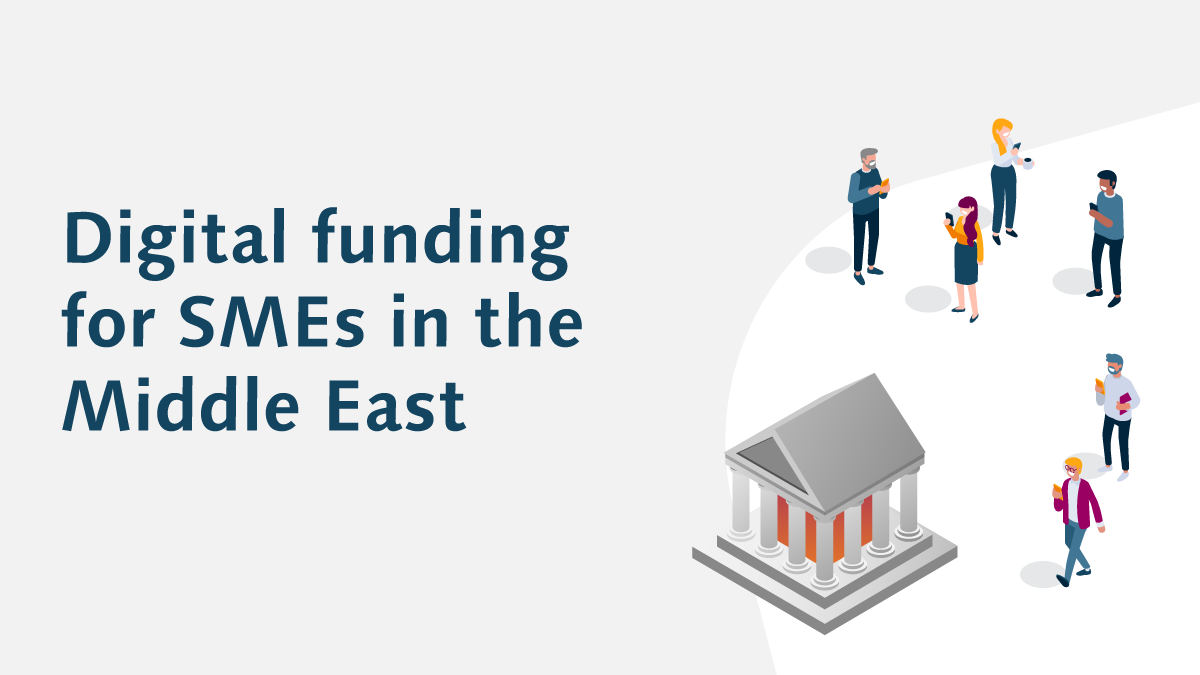
A recent report from McKinsey states that when it comes to banking, SMEs often find themselves stranded between large corporations and retail customers in terms of both products available and service delivery. This is a significant risk to banks because SMEs have traditionally received less focus and digital challengers are growing in the market to fill the gap. In the GCC countries in the Middle East, this certainly appears to be the case and one of the major challenges is around funding.
A unified approach to a varied market
In UAE, there is a strong fintech infrastructure and growth, but other countries have been slower to innovate. A recent survey from EY showed that three quarters of SME businesses in the Middle East and North Africa were dissatisfied with their banks’ responses to the pandemic and much of this is tied to digital banking. It’s likely that as businesses look to thrive in a challenging global economy, they will be exerting pressure on banks to accelerate the switch to digitalisation or look to new fintech challengers for support.
Supporting SME growth with funding
SME owners are planning to not only survive but to thrive in the coming years and they expect banks to provide the support they need to manage. We can see from our research that fintech challengers have benefitted from the fact that SMEs are sometimes a neglected segment of the market and that they can fill the gap. In the Middle East, we expect a similar trend, although established banks may be more willing to accelerate their digitalisation based on the feedback from the pandemic, national initiatives to support modernisation, and pressure from SME owners.
Like all aspects of digital banking, the need for improvement in this area was under the spotlight during the pandemic. The provision of government grants and loans highlighted that not all banks were well equipped to process a high volume of applications in a short time frame. The challenge is that often this funding is provided by third parties, from government agencies to development banks and therefore the bank may not see the value in supporting digital processes.
The inclusion of third-party products in digital banking services for SMEs is that it can provide an indication of the needs of each client. Almost 70% of SMEs view applications for grants, loans and credit using digital channels as important. If the bank has the right products to meet this need, the application process can be simplified for existing customers and this need could even be anticipated using data analytics. Integration of third-party solutions, including government grants, adds a further dimension to the convenience. For example, if a business applies for funding via their digital banking solution and their bank is aware, there may be an opportunity to offer short-term or top-up loans which meet their requirements.
Digital funding channels for SMEs can accelerate economic growth
It is clear from our research that SMEs will need easy access to funding to support plans for growth and modernisation. Providing a positive UX for loans and funding applications could be a way for banks to win new customers and increase market share. CREALOGIX provides everything banks need to deliver high-quality, exceptional service online with easy-to-embrace technology that is fast to implement, adheres to the brand style and meets regulatory and cultural requirements.



